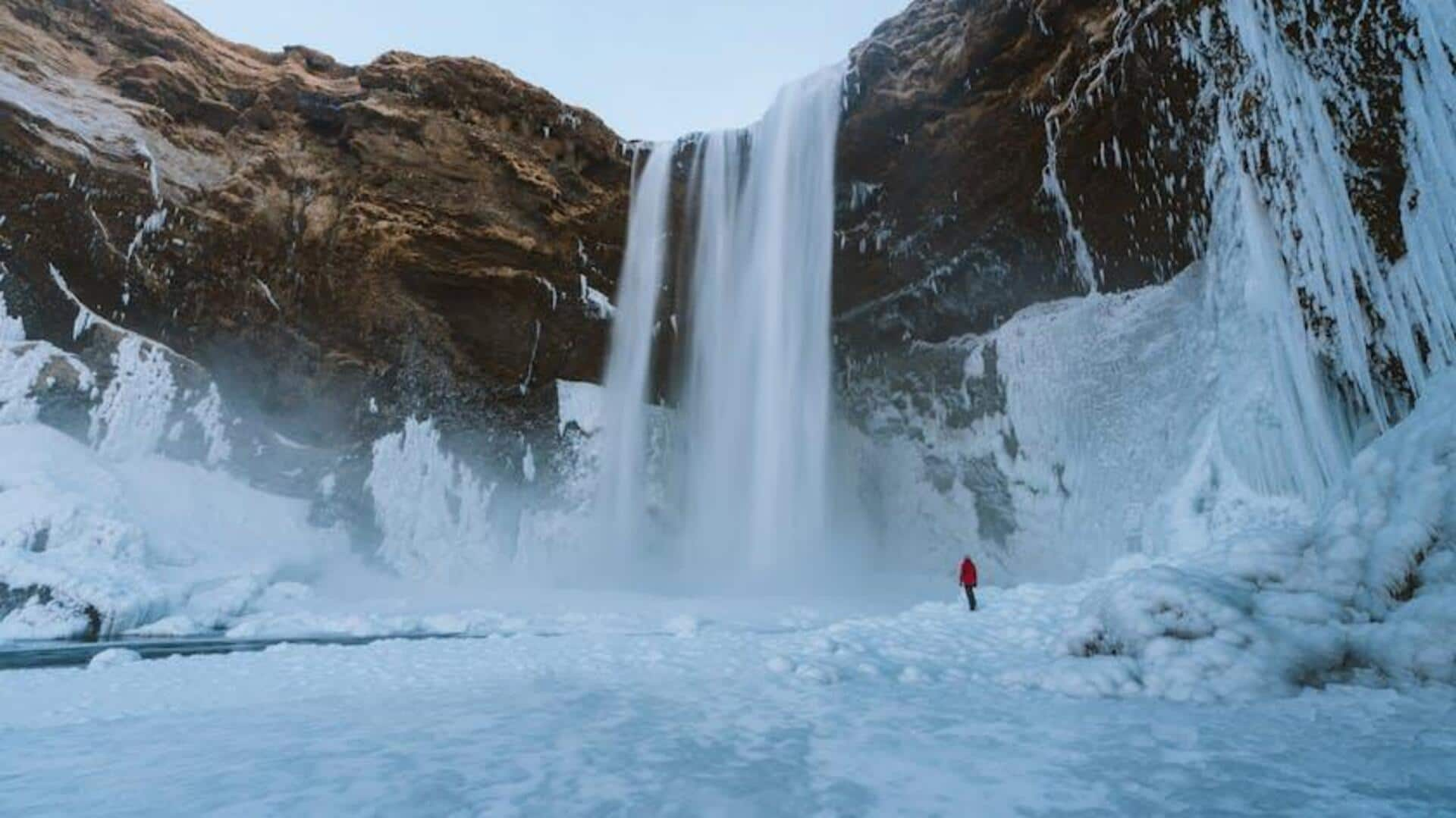
Thinking of an Arctic adventure? Read this first!
What's the story
Venturing into the Arctic Circle presents a one-of-a-kind adventure, particularly when it involves snowshoeing under the ethereal beauty of sun halos.
These celestial occurrences are more than just a visual spectacle; they're a call to immerse yourself in the untouched wilderness and icy tranquility of the far north.
This article provides you with key insights for planning your snowshoe trek in pursuit of these heavenly rings.
Gear up
Preparing for your Arctic adventure
Choosing the right equipment is essential for any Arctic Circle adventure.
For snowshoeing, opt for warm insulated boots, waterproof snowshoes, and layered clothing. This should include thermal underwear, fleece layers for warmth, and a windproof outer layer to protect against chilly gusts.
Accessories are key! Gloves, hats, and UV-protected sunglasses are a must to protect from both the cold and the glare off the snow.
Best season
Timing your visit for optimal experience
The optimal time to observe sun halos in the Arctic Circle is during the colder months from November to February.
This is when clear skies and a low sun combine to create the perfect conditions for these mesmerizing optical phenomena.
Plus, you get to experience the extended twilight hours of the polar night, which is an adventure in itself!
Route planning
Navigating through untouched landscapes
When heading into isolated regions to chase sun halos, make sure to map out your journey carefully.
Hire an experienced local guide who understands the landscape and can take you to places renowned for their clear vistas and natural splendor.
Always let someone know where you're going and when you plan to return.
Photography tips
Capturing the moment
Capturing sun halos on camera takes a bit of planning.
Utilize a camera with manual settings to ensure you can properly adjust exposure, preventing the halo's colors from getting washed out.
A polarizing filter will assist in minimizing glare from the snow and amplifying the halo's visibility.
Don't forget to shield your camera from the cold by keeping it inside your jacket when not in use.
Health and safety
Safety first: Navigating cold climates
Hypothermia is a significant risk in extreme cold conditions.
Wear suitable layered clothing; you should be able to easily add or remove layers based on your activity level and changes in the weather.
Maintain hydration by drinking water frequently; dehydration is possible even in cold temperatures due to increased respiratory water loss and sweat evaporation from layered clothing.